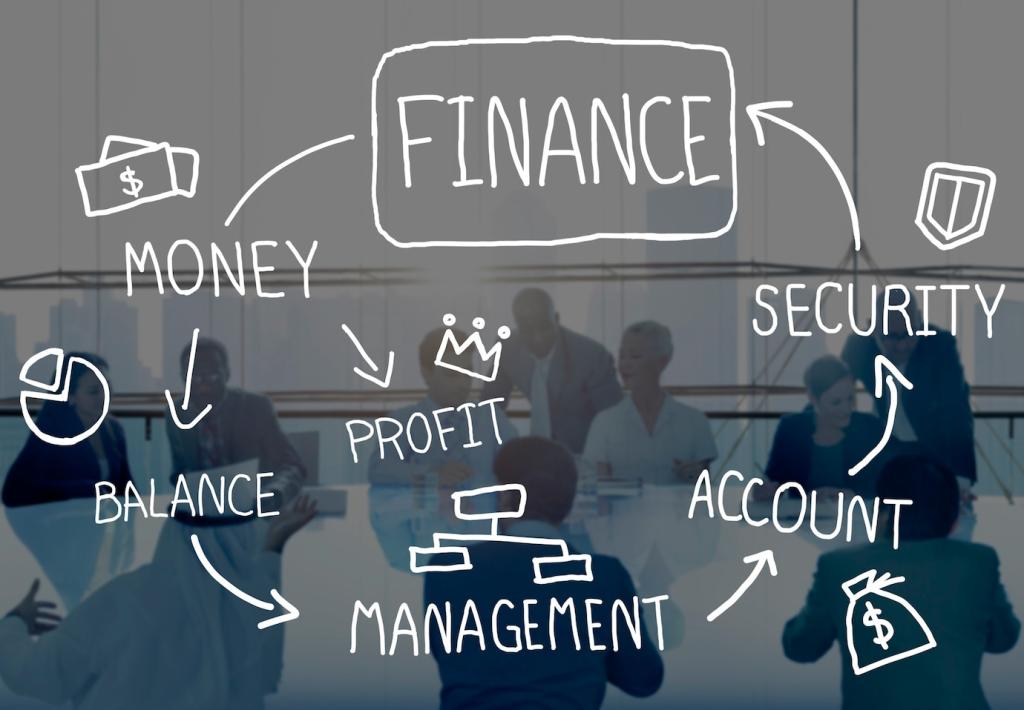Behavioral Finance in the C-Suite
Pre-mortems, red teams, and base-rate libraries weaken confirmation bias and escalation of commitment. Boards reviewing standardized decision memos with counterfactuals report faster pivots and fewer politically protected pet projects.
Behavioral Finance in the C-Suite
Circulate a one-page narrative with quantified uncertainty ranges before sessions. Start discussions with dissenting views. Vote anonymously on funding options, then reconcile rationales. The result: cleaner choices and less anchoring on first opinions.





